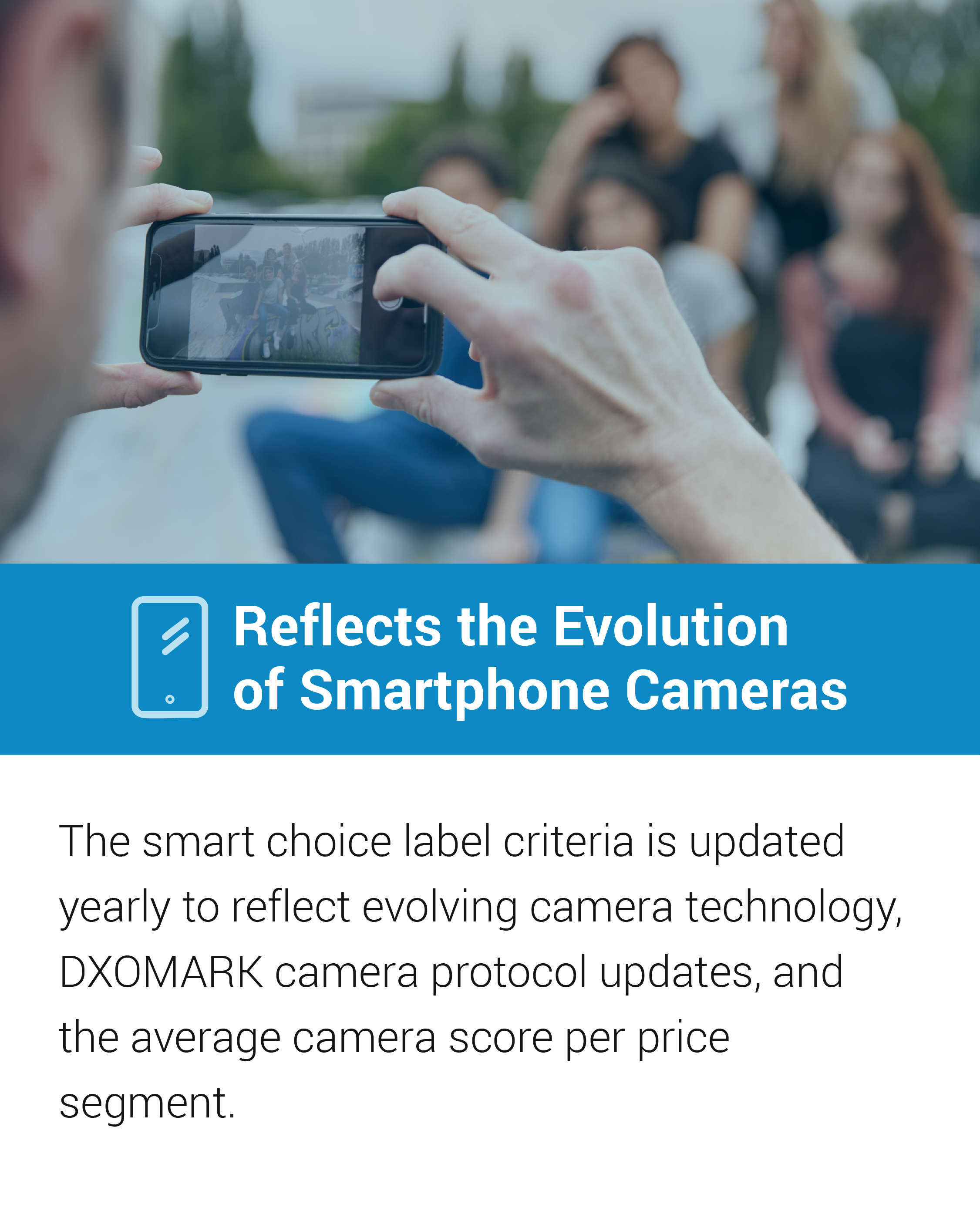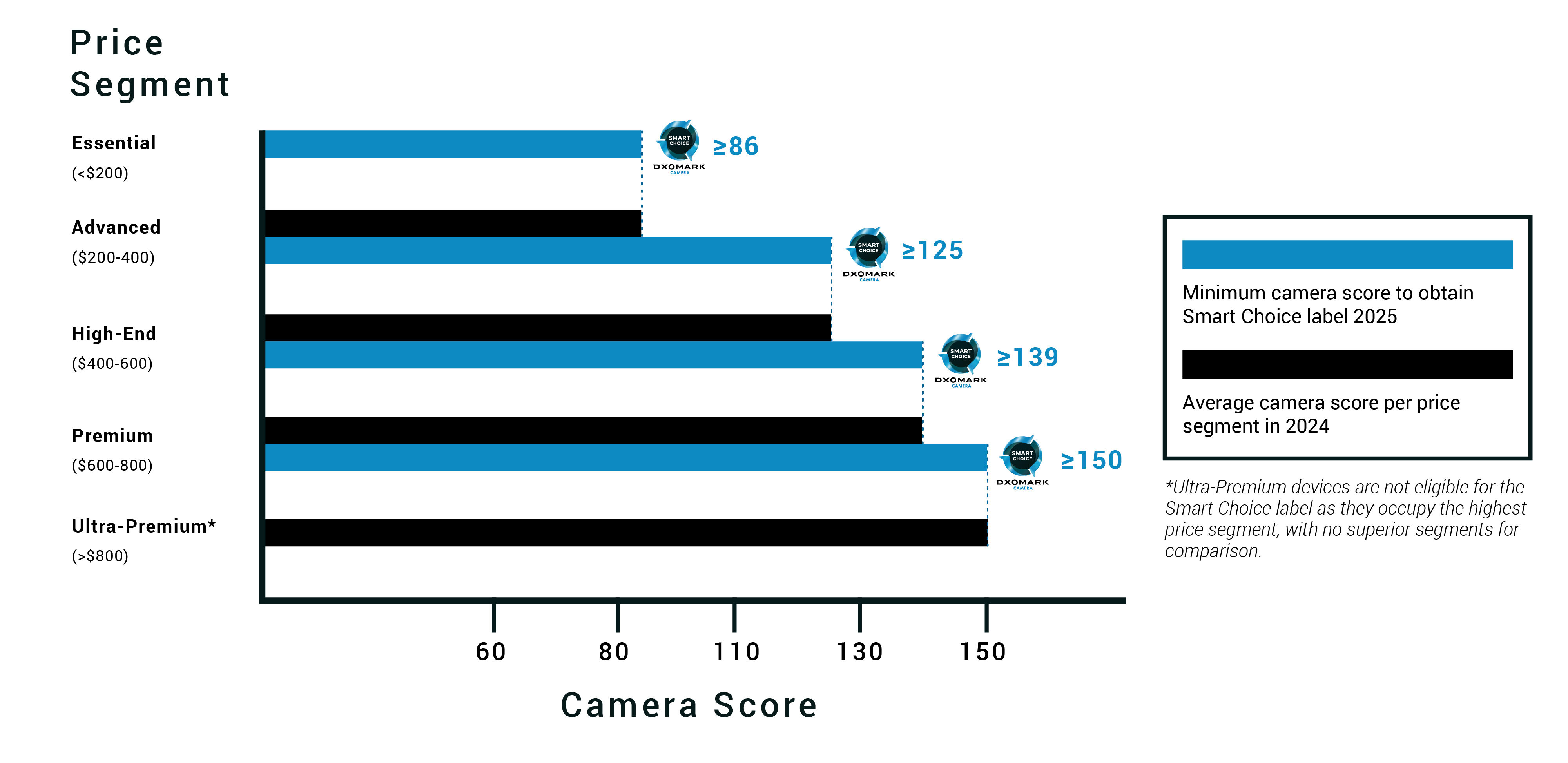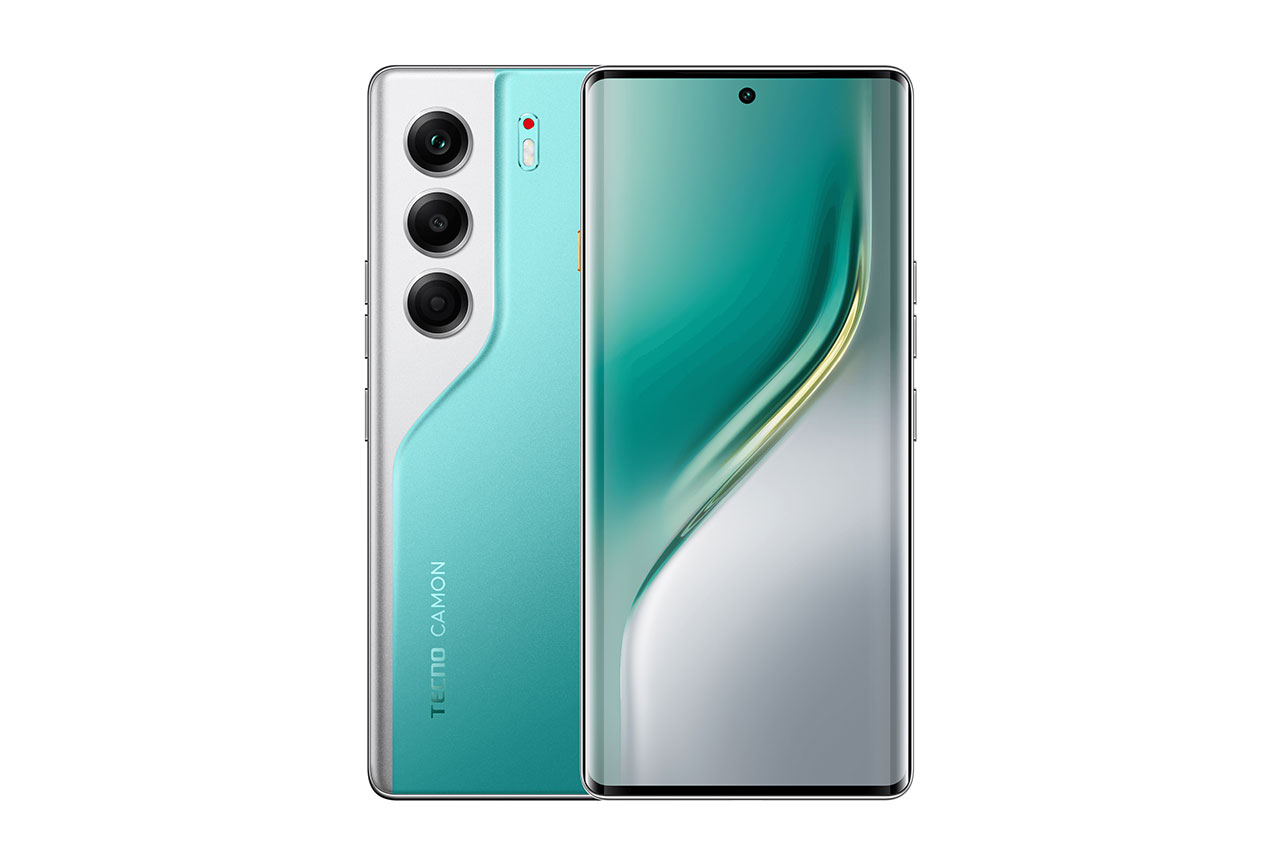
Introducing the
Smart Choice Label
Guiding consumers to optimal camera choices
What is the smart choice label ?
We are excited to introduce the Smart Choice label for cameras, complementing our existing Gold, Silver, and Bronze performance labels. This new label serves as a clear indicator of devices that offer an outstanding camera experience within their class, combining enhanced imaging capabilities with competitive pricing. Backed by our rigorous scientific camera protocol conducted by expert evaluators, the Smart Choice label provides valuable guidance for consumers seeking a reliable, high-quality, and pragmatic camera option.












